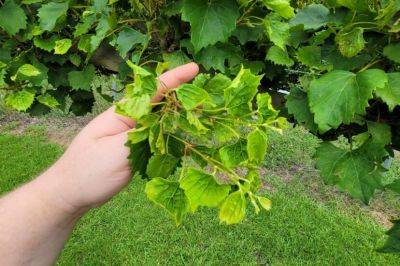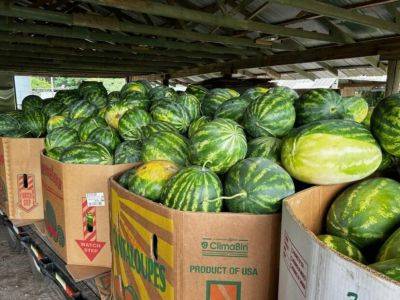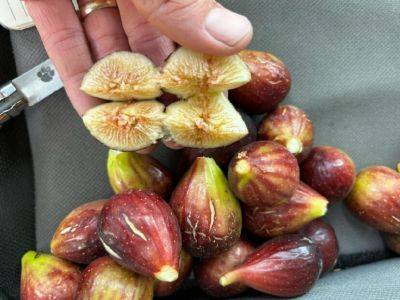Recently, the results of the 2022 Farm Gate survey were posted, showing data for several crops grown in SC. In the coming weeks, we will be collecting data for 2023 on a new set of crops. Extension Agents from around the state will be contacting growers to ask about this data. Our goal will be to calculate a total value for each crop in order to highlight the importance of agriculture in SC, track agricultural trends, obtain research funding, and provide information to our legislators who influence agricultural policy. No personal or identifying data will be published. Revisit the reports from 2022 to see an example of what will be released.
SC Fruit and Vegetable Field Report- August 7, 2023
08.08.2023 - 12:07 / hgic.clemson.edu / Justin Ballew
Zack Snipes
Rob Last
Bruce McLean
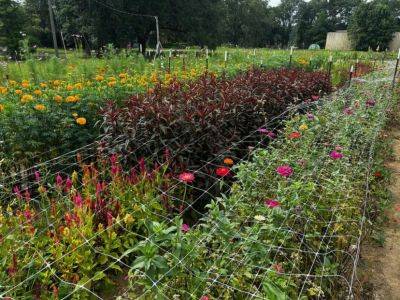
SC Fruit and Vegetable Field Report – August 14, 2023
Zack Snipes
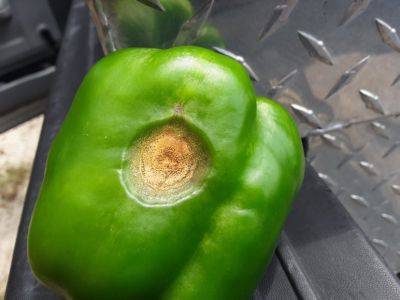
SC Fruit and Vegetable Field Report June 21, 2021
Rob Last reports, “Given the rainfall and humidity levels, we are seeing increases in foliar and fruit diseases on a range of crops. This includes cottony leak in cucumbers, anthracnose in peppers, tomatoes, and cucurbits. Also, please be aware cucurbit downy mildew is very active now. As a result, it is going to be really important to maintain fungicide programs in both a timely manner and to be robust. That being said, we have some great quality melons, both cantaloupe and watermelons, coming to harvest, as well as good volumes of quality peaches, blackberries, and a host of other vegetable crops.”
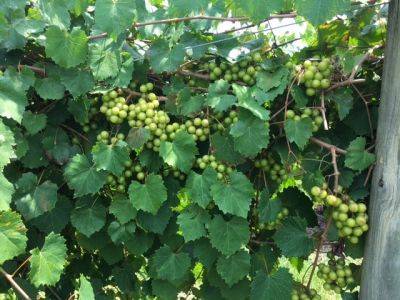
SC Fruit and Vegetable Field Report – July 26, 2021
Zack Snipes reports, “We are in a summer weather pattern with warm, muggy days and occasional thunderstorms. Most crops have finished up or are in the process. Now is a great time to sit down and do some crop planning and field rotation planning. I collected many soil and root tissue samples lately and had them analyzed for nematodes. I was surprised at how many nematodes were present in the fields. Nematodes can interfere with growth, cause stunting, and lower overall yields. Sometimes the symptoms of nematodes can be very discrete, so sampling right now is the best way to get a baseline of your populations and how to properly manage and rotate fields. If left unchecked, thousands of dollars are wasted before the first seed is planted into a field.”
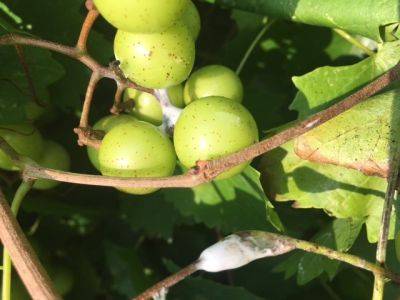
SC Fruit and Vegetable Field Report August 9, 2021
Rob Last reports, “Generally speaking, we are in the changeover period from spring to fall crops, with some fumigants being applied to next year’s strawberry plantings. If fumigants are used, make sure soil moisture is good and beds are firm to maximize efficacy. One thing we have observed in blackberries and blueberries in the area is the emergence of bark scale. Bark scale is a new pest to South Carolina and has previously been noted in ornamentals. However, reports for Asia, where the pest is native, indicate the bark scales can survive on Rubus species.
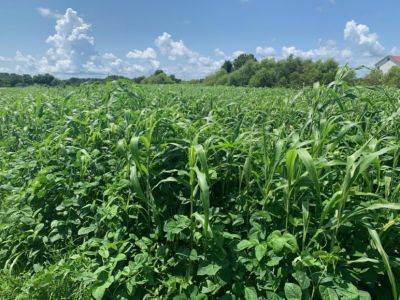
SC Fruit and Vegetable Field Report August 16, 2021
Zack Snipes reports, “It’s hot and humid in the Lowcountry. Fall tomato and watermelons are in the ground and enjoyed a week of mostly dry weather. Okra and sunchokes, aka Jerusalem artichokes, are loving this heat. Except for those crops, there aren’t too many crops in the ground right now. I am seeing lots of summer cover crops. I love the idea of using a mixed species of cover crop. One reason is that it spreads out the risk that one of the species in the mix won’t germinate or be eaten by deer. So by using multiple species, you can almost guarantee that something will be there covering the soil. Multi-species mixes also provide different benefits to the farm. Cowpeas may fix nitrogen while sorghum X Sudan hybrids may be a deer deterrent and shade out weeds.”
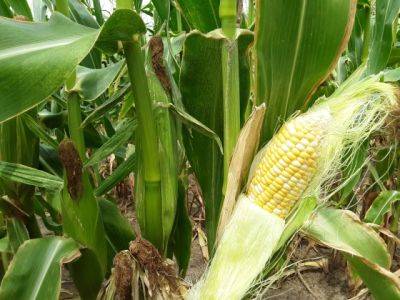
SC Fruit and Vegetable Field Report – August 2, 2021
Zack Snipes reports, “Summer crops like okra are still coming in and looking good. We’ve had a lot of rain, and some fields are soggy. More rain is coming. Some growers have started planting peppers and tomatoes. Remember to get out in the fields and destroy spring crop residue. Nematodes and other pests can really thrive on that old residue.”
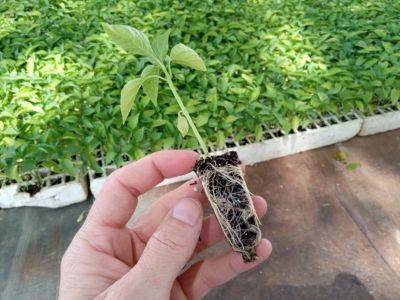
SC Fruit and Vegetable Field Report – August 8, 2022
Zack Snipes reports, “For the most part, it has been hot and dry in the Lowcountry. Things are relatively quiet. I have seen and heard reports of high whitefly numbers in various crops (melons, tomato, and blackberry). We had severe disease outbreaks a few years ago due to a few whitefly-vectored viruses. The two prominent viruses I have seen vectored by whitefly are Tomato Yellow Leaf Curl Virus and Cucurbit Leaf Crumple Virus: See article from 2019 outbreak. If growers have not already planted their fall melons and tomatoes, it would be a good idea to investigate varieties that have resistance to tomato and melon whitefly vectored viruses. I have also seen very high numbers of melonworms as of late.

SC Fruit and Vegetable Field Report – August 15, 2022
Zack Snipes reports, “We are in our lull period of production right now for the most part. Okra is coming in very strong in high volumes. It’s getting difficult to pick it all. Fall watermelons and pumpkins are starting to run. Make sure to stick to a tight spray plan for fall melons as downy mildew, powdery mildew, viruses, whiteflies, cuke beetles, melonworms, and pickleworms can quickly devastate a crop. You can find a weekly spray guide in the Disease section of the SE Vegetable Crop Handbook. Some growers are preparing the ground for strawberries as it won’t be much longer before we’re planting. A few growers in the Coastal counties have switched to using 2 rows of drip tape on their berries. Sometimes I see sections of the field that don’t look as great as other sections. Oftentimes I will find the drip tape has migrated to one side of the bed, causing stunted growth on the other side. This can be solved by adding another line of drip in the bed. Just some food for thought as you are preparing your fields.”

SC Fruit and Vegetable Field Report- August 22, 2022
Justin Ballew reports, “We had a few rain events last week, and temperatures were a little cooler. Fall planted crops are growing really well right now, but due to the recent moisture, we need to pay close attention to our disease management programs. In pecans, I’m not seeing many additional nuts dropping. Hopefully, we won’t lose any more between now and harvest. Scab is still being managed well, but we are seeing some signs of black aphids. The treatment threshold for black aphids from now to harvest is 15% of terminals (check all the leaflets on a terminal bud) have one adult aphid and nymph cluster present.”
